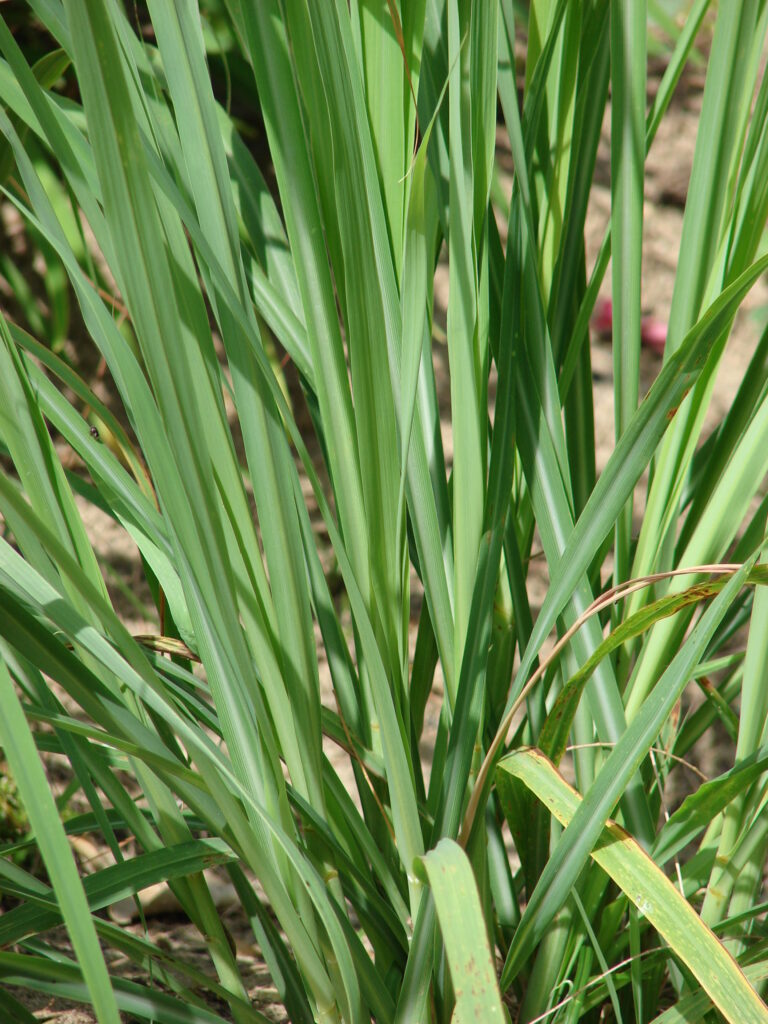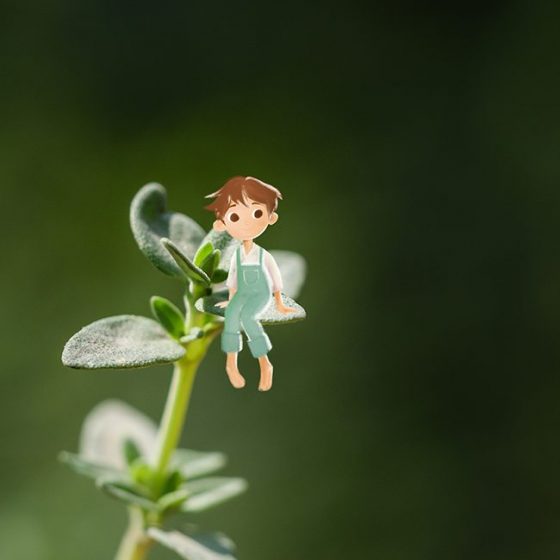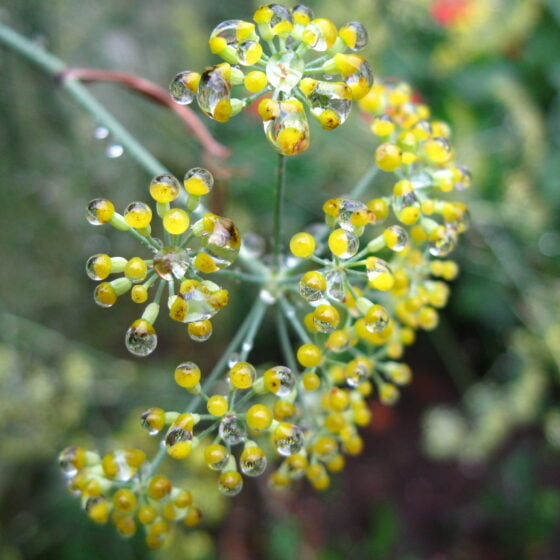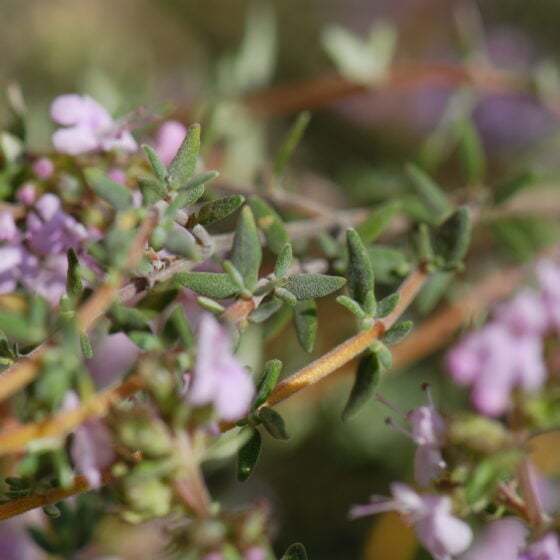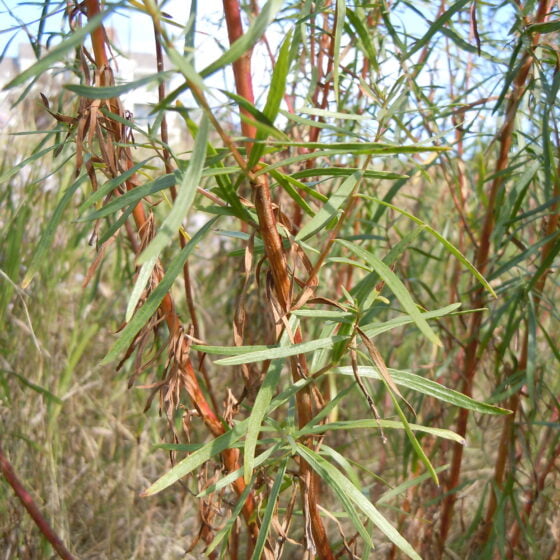
Lemongrass Guatemala
Cymbopogon flexuosus
General data
Harvest Calendar
- J
- F
- M
- A
- M
- J
- J
- A
- S
- O
- N
- D
Product details Fragrance side
Lemongrass essential oil is used very little in fragrance, but it is now blossoming in men’s perfumery. Its fresh and herbaceous notes awaken floral notes that are too enveloping and make ferny accords sparkle.
About
Most likely native to India, lemongrass is a tropical grass forming dense clumps that grow nearly two meters tall. Its long, rigid, erect, leaves are linear and gray-green in color. They release strong smell of lemon when rubbed or crushed. The herbaceous aerial parts are harvested from cultivated plants from June to December. Cut about 20 inches above the ground, they grow back very quickly. Consequently, several cuts can be made during the harvest period. Steam-distilled lemongrass produces an essential oil with an herbaceous, citral-like scent with woody facets. One of the key uses of lemongrass essential oil is as a source for the natural extraction of the citral molecule – a precursor of the ionones, with their scent of violets – as is done with the essential oil of Litsea cubeba.
There are several lemongrass essential oils, all belonging to the genus Cymbopogon: Java-type citronella grass (Cymbopogon winterianus), Ceylonese or Sri Lankan lemongrass (Cymbopogon nardus), East Indian lemongrass (Cymbopogon flexuosus), West Indian lemongrass (Cymbopogon citratus) and palmarosa (Cymbopogon martinii var motia). In many tropical regions, lemongrass production is used as fodder for livestock in addition to being extracted for essential oil. It is often mixed with molasses from the sugarcane industry.
Fragrance side
Lemongrass essential oil is used very little in fragrance, but it is now blossoming in men’s perfumery. Its fresh and herbaceous notes awaken floral notes that are too enveloping and make ferny accords sparkle.
About
Most likely native to India, lemongrass is a tropical grass forming dense clumps that grow nearly two meters tall. Its long, rigid, erect, leaves are linear and gray-green in color. They release strong smell of lemon when rubbed or crushed. The herbaceous aerial parts are harvested from cultivated plants from June to December. Cut about 20 inches above the ground, they grow back very quickly. Consequently, several cuts can be made during the harvest period. Steam-distilled lemongrass produces an essential oil with an herbaceous, citral-like scent with woody facets. One of the key uses of lemongrass essential oil is as a source for the natural extraction of the citral molecule – a precursor of the ionones, with their scent of violets – as is done with the essential oil of Litsea cubeba.
There are several lemongrass essential oils, all belonging to the genus Cymbopogon: Java-type citronella grass (Cymbopogon winterianus), Ceylonese or Sri Lankan lemongrass (Cymbopogon nardus), East Indian lemongrass (Cymbopogon flexuosus), West Indian lemongrass (Cymbopogon citratus) and palmarosa (Cymbopogon martinii var motia). In many tropical regions, lemongrass production is used as fodder for livestock in addition to being extracted for essential oil. It is often mixed with molasses from the sugarcane industry.
Other type of extracts
(Aromatic)
